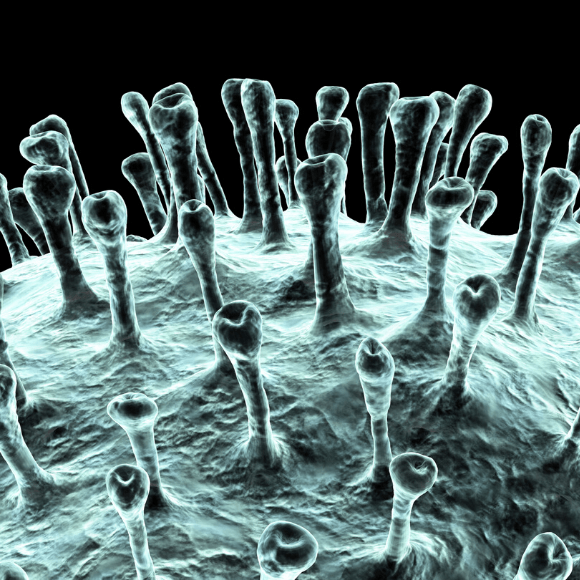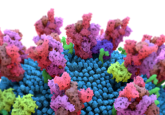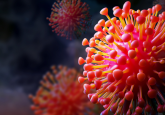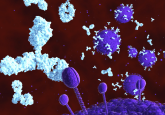Could artificial intelligence be the key to fighting coronavirus?

Scientists are utilizing artificial intelligence to develop new solutions to the coronavirus pandemic.
As the coronavirus pandemic continues, the rest of the world is looking to scientists to bring an end to the crisis. Now, it appears as though researchers have begun to investigate applications for artificial intelligence to find solutions, with the launch of a new research consortium aimed to do just that.
Set up by the artificial intelligence software developers C3.ai (CA, USA), the C3.ai Digital Transformation Institute aims to combine the efforts of researchers from the top universities and companies to discover new ways to slow the spread of coronavirus.
If you would like to keep up to date with our content on coronavirus, you can sign up for our site here, where you can subscribe to our newsletters for free!
Some of these contributors include Princeton (NJ, USA), Carnegie Mellon (PA, USA), the Massachusetts Institute of Technology (MA, USA), the University of California (CA, USA), the University of Illinois (IL, USA), the University of Chicago (IL, USA) and Microsoft (WA, USA).
“I cannot imagine a more important use of A.I.,” remarked Thomas M. Siebel, Founder and Chief Executive of C3.ai.
With intentions to award their first $500,000 grant in June, the consortium will also provide funding for researchers utilizing artificial intelligence to slow down the spread of coronavirus, develop or repurpose drugs to treat the virus, predict the evolution of the disease and improve public health strategies.
To be eligible for the grant, the principal investigator of the research must be a member of one of the consortium universities, other team members can be from other institutions, and any coronavirus proposals must be submitted by May. All findings are set to be made available to the public.
 How long can coronavirus remain infectious in the air and on contaminated surfaces?
How long can coronavirus remain infectious in the air and on contaminated surfaces?
New study finds that the novel coronavirus, SARS-CoV-2, can remain viable on plastic and steel for several days, highlighting the importance of hand washing and surface cleaning amidst the current outbreak.
However, the consortium is not the only group harnessing the power of artificial intelligence in the fight against the coronavirus pandemic. Other scientists are attempting to develop a computer model of the coronavirus, which they hope will aid in the development of new drugs and vaccines.
Continuing on from the initial work conducted by the University of Texas at Austin (TX, USA), biochemists from the University of California, San Diego are endeavoring to build the first complete all-atom model of the SARS-COV-2 coronavirus envelope. The team believes that developing a good model for the outside of the coronavirus will lead to a better idea of the components involved in molecular recognition.
The intricate model is expected to contain around 200 million atoms, and principal investigator Rommie Amaro and her team will need to compute every interaction between each of these atoms. To tackle this daunting task, the team is utilizing a hybrid or integrative modeling approach.
“We basically start with the individual components, where their structures have been resolved at atomic or near-atomic resolution. We carefully get each of these components up and running and into a state where they are stable. Then we can introduce them into the bigger envelope simulations with neighboring molecules,” summarized Amaro.
Earlier this month, the team ran molecular dynamic simulations on up to 4,000 nodes on the Frontera supercomputer at the University of Texas at Austin. It is hoped that these simulations will provide new insights into the different parts of the coronavirus required for infectivity, which could lead to the development of new drugs to treat the virus.
“The information that we get from these simulations is multifaceted and multidimensional and will be of use for scientists on the front lines immediately and also in the longer term,” Amaro remarked. “Hopefully, the public will understand that [there are] many different components and facets of science to push forward to understand this virus. These simulations on Frontera are just one of those components, but hopefully an important and a gainful one.”





